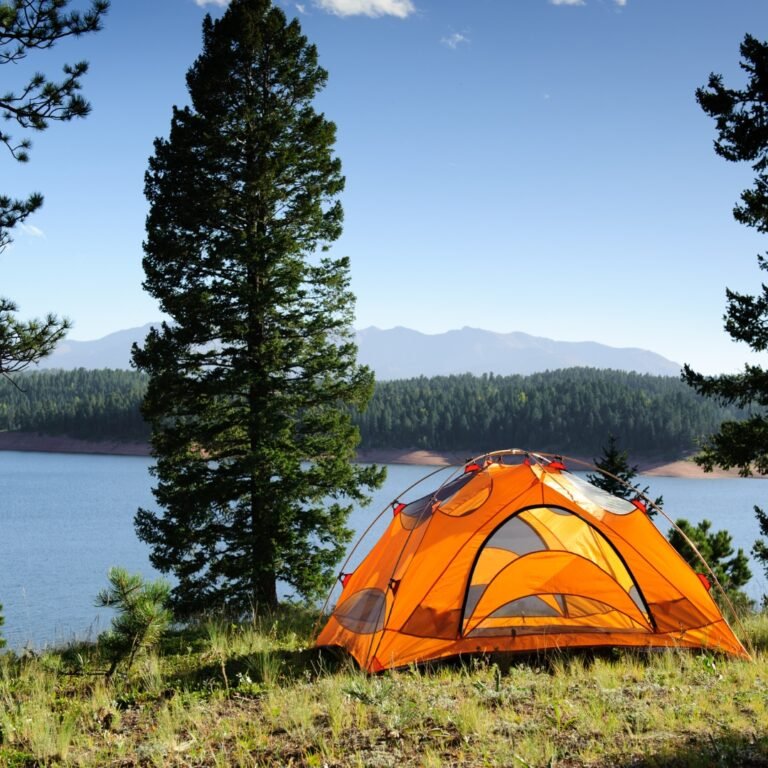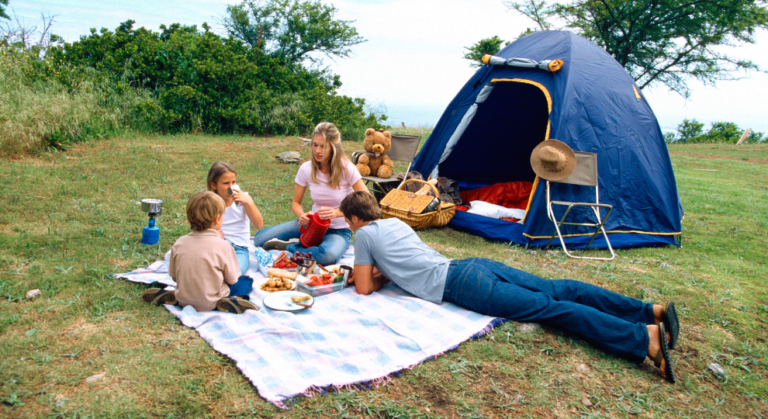Embark on your next adventure with the perfect companion strapped to your back! No, we’re not talking about a quirky, talking parrot, but something just as essential—our top-notch selection of backpacks designed for camping and trekking. From the serene valleys to the rugged peaks, these trusty packs are ready to stash all your gear, snacks, and maybe a few secrets too. Whether you’re a weekend warrior out to conquer local trails or a seasoned trekker chasing horizons, we’ve got your back covered—literally. With features that marry comfort with durability, and styles that scream “I’m a nature enthusiast!”, you’re sure to find your backpack soulmate here.
Capacity and Trip Duration: Choose a backpack based on the length of your trip and the amount of gear you need to carry. Daypacks (up to 30 liters) are great for short, day trips. For weekend trips, consider a pack in the 30-50 liter range. Multi-day treks require larger packs, typically 50-70 liters, while expedition or extended trips might need 70 liters or more.
Fit and Comfort: A well-fitting backpack can significantly enhance your comfort on the trail. Look for adjustable shoulder straps, a hip belt, and a chest strap to distribute weight evenly. Make sure the backpack matches your torso length and has a hip belt that comfortably wraps around your hips.
Weight: The weight of the backpack itself is a crucial consideration, especially for trekking where every ounce counts. Look for a balance between durability and lightness, with materials that offer resilience without unnecessary weight.
Material and Durability: Your backpack should be made from durable materials capable of withstanding the rigors of the outdoors. Nylon and polyester are common for their strength and water resistance. Consider the denier (D) rating of the fabric for an indication of its thickness and durability.
Access and Organization: Consider how easily you can access your gear. Top-loading backpacks are common, but some models offer additional access points like a front zipper or bottom compartment. Look for packs with multiple pockets, compartments, and external attachment points for organizing and accessing your gear efficiently.
Ventilation: A backpack with good back ventilation can keep you cooler and more comfortable during strenuous hikes. Look for designs with mesh panels or suspended mesh back systems that allow for airflow between your back and the pack.
Weather Resistance: While many backpacks come with a rain cover, looking for inherent water-resistant materials and construction, like taped seams, can provide extra protection for your gear in wet conditions.
Load Support and Suspension System: For carrying heavier loads, a backpack with a robust suspension system can help distribute weight more evenly across your body, reducing fatigue. Look for features like an adjustable torso length, load-lifter straps, and a sturdy frame design.
Volume and Size: The capacity of the daypack, usually measured in liters, is crucial for determining how much gear you can carry. For day hikes, a pack ranging from 20 to 30 liters is often sufficient for carrying essentials like water, snacks, a first-aid kit, extra clothing, and perhaps a lightweight rain jacket. Consider the nature of your trips and choose a size that accommodates your needs without being excessively large.
Comfort and Fit: A comfortable fit is essential for any backpack, especially one you’ll be wearing for hours. Look for daypacks with padded, adjustable shoulder straps, a comfortable back panel, and a hip belt or sternum strap to help distribute the weight more evenly. Ensuring the pack fits well with your torso length and has a snug, but not restrictive, fit can greatly enhance your hiking experience.
Accessibility and Organization: Easy access to your gear can save time and frustration on the trail. Look for daypacks with multiple compartments, pockets, and external attachment points. Features like a hydration sleeve for a water bladder, side pockets for water bottles, and a top or front-loading design for quick access to essentials are particularly useful. Well-designed organization can streamline your packing and help keep essential items within easy reach.
Durability and Weather Resistance: The materials and construction of the daypack should withstand the rigors of outdoor activities. Look for durable fabrics (like nylon or polyester) with a high denier count and reinforcement in high-wear areas. Water resistance is another important factor, as weather can be unpredictable; many daypacks come with a water-resistant coating or include a rain cover. Zippers and buckles should be sturdy and easy to use, even with gloves on.
Capacity and Space Management: For multi-day trips, you’ll need a backpack with enough capacity to carry your gear, food, water, and clothing. Backpacks ranging from 50 to 70 liters are typically suitable for most multi-day hikes. Consider how the backpack manages space, including the presence of a sleeping bag compartment, side pockets, and tool attachment points for items like trekking poles or ice axes. The ability to efficiently organize and access your gear can significantly impact your trip’s convenience and enjoyment.
Fit and Comfort: A good fit is crucial for preventing strain and discomfort on long hikes. Look for backpacks with adjustable torso lengths to match your body size precisely. An ergonomic, padded hip belt and shoulder straps are essential for distributing the backpack’s weight away from your shoulders and onto your hips, where you can carry it more comfortably. Features like a load transfer system can also improve comfort by ensuring the weight stays close to your body and balanced.
Weight and Material: The backpack’s weight should be a consideration, as carrying unnecessary weight can be exhausting on long treks. However, the material needs to be durable enough to withstand the rigors of the trail. Look for lightweight yet robust materials such as high-denier nylon or polyester. Additionally, check for reinforcements in high-stress areas and consider the trade-offs between weight and durability.
Ventilation and Weather Resistance: Proper back ventilation can prevent excessive sweating and discomfort during hikes, especially in warm weather. Look for backpacks with a suspended mesh back panel or other ventilation systems. Weather resistance is also vital, as conditions can change rapidly in the outdoors. Water-resistant materials and included rain covers can help protect your gear from rain and moisture.
Capacity and Load Support: Expedition backpacks need to have a large capacity, typically 70 liters and above, to accommodate all necessary gear, supplies, and personal items for extended trips in remote areas. A robust load support system is essential to comfortably carry heavy loads. Look for features like a sturdy internal frame, adjustable torso lengths, and load-lifter straps that help distribute weight efficiently and reduce strain on your back and shoulders.
Durability and Material Strength: The materials used in an expedition backpack must withstand harsh conditions, including rugged terrain, heavy rain, snow, and possibly contact with rock and ice. High-denier fabrics, strong nylon or polyester, and reinforced areas are indicators of a durable backpack. Pay attention to the quality of zippers, buckles, and seams, as failure of these components in remote locations can be problematic.
Weather Resistance and Accessibility: Given that expeditions can encounter a variety of weather conditions, from torrential rain to heavy snowfall, having a backpack with water-resistant or waterproof materials and a rain cover is critical. Accessibility is also key; multiple compartments, and external pockets allow for organized packing and easy access to gear without having to unpack everything. Consider backpacks with features like a detachable top lid, sleeping bag compartment, and hydration system compatibility.
Comfort and Fit: On long expeditions, the comfort of your backpack is as important as its functionality. An ergonomic design that fits well to your body type, with adjustable hip belts, shoulder straps, and a customizable back panel, can greatly enhance comfort. Adequate padding in the back panel, shoulder straps, and hip belt, along with ventilation channels to reduce sweat, can make carrying heavy loads over long distances much more bearable.

“When choosing a tent, materials plays a crucial role in determining its performance, durability, and suitability for your next outdoor adventure.”

“Picture this: You, your wife and two kids are planning that dream family camping trip.”
Material on OutDoors Jack is copyrighted. Reproduction without permission is prohibited.
All trademarks property of their respective owners